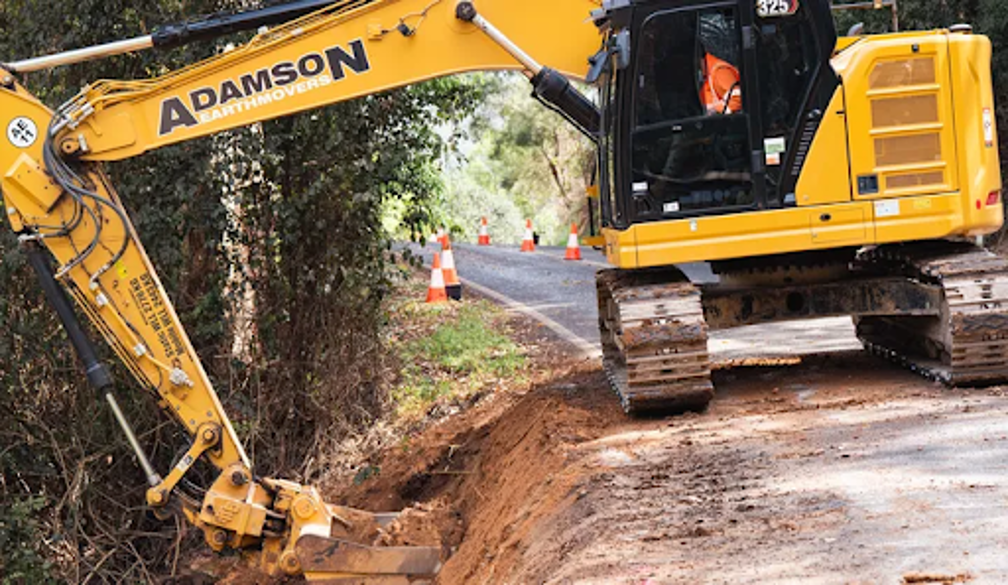How to Empower Communities: Comprehensive Flood Recovery and Infrastructure Solutions

One of the most destructive natural disasters is flooding, which can result in fatalities, home destruction, and economic losses for entire communities. Rebuilding resilient communities requires long-term flood recovery and infrastructure solutions, even though emergency response efforts are vital for providing immediate relief. Not only should damaged areas be rebuilt but infrastructure upgrades that lower future risks should also be implemented as part of a sustainable recovery plan. We can build flood-resistant environments that improve safety and economic stability by empowering communities via planning, infrastructure investment, and cooperation.
Increasing Community Resilience by Being Ready
Promoting disaster preparedness and resilience-building techniques is one of the best ways to empower communities after flooding. Future floods can be considerably lessened with the help of emergency response training, early warning systems, and community awareness campaigns. To inform locals about flood risks, evacuation strategies, and property protection measures, government organizations, schools, and community groups must collaborate. Homeowners can also protect their investments by receiving financial incentives for flood insurance and property upgrades like raised foundations and waterproofing materials. A proactive approach to preparedness reduces losses during disasters and promotes a resilient culture.
Flood-Prone Areas: Sustainable Infrastructure Solutions
To minimize flood damage and guarantee long-term recovery, investments in sustainable infrastructure are essential. Permeable pavements, rain gardens, and wetland restoration are examples of green infrastructure solutions that can help absorb excess rainfall and stop urban flooding. For communities in high-risk areas, improving drainage systems, strengthening levees, and building flood barriers are also crucial engineering solutions. Sustainable building methods that take climate change and more frequent precipitation into consideration must be given top priority by governments and urban planners. Communities can become more resilient to extreme weather events by combining natural flood management techniques with innovative infrastructure.
Local Involvement and Community-Led Rehabilitation Initiatives
Involving locals in helpful flood recovery projects and infrastructure improvement decision-making is a key component of community empowerment. To make sure that reconstruction efforts are in line with community needs, local governments should organize town hall meetings, surveys, and public consultations. Encouraging volunteers, nonprofits, and local companies to take part in restoration projects builds community ties and a sense of ownership. Additionally, offering training courses in disaster response, environmental management, and construction gives locals the tools they need to support long-term economic stability. Communities become more resilient and ready for new challenges when they actively participate in their recovery.
Policy Initiatives and Financial Assistance for Long-Term Recovery
Significant financial resources are needed for flood recovery, and governments must make sure impacted communities get the help they need. Reconstruction efforts heavily rely on federal aid programs, disaster relief funds, and public-private partnerships. Recovery can be accelerated through transparent funding distribution, expedited aid application procedures, and tax breaks for resilient buildings. Policymakers should also enforce building codes that improve structural durability and enact zoning laws that prohibit construction in areas at high risk of flooding. Governments can lessen the financial burden of frequent disasters and prevent future damage by giving priority to development that is flood-resistant.
Adapting to Climate Change and Building Future-Proof Communities
Communities need to implement long-term adaptation measures as floods continue to increase in frequency and severity due to climate change. This entails investing in renewable energy sources that can withstand harsh weather conditions, restoring natural ecosystems that serve as flood buffers, and incorporating flood risk assessments into urban planning. To lessen storm surges, mangrove reforestation, and dune reinforcement are especially beneficial in coastal areas. Furthermore, early warning capabilities are improved by the use of smart technologies like flood sensors and real-time monitoring systems. To ensure sustainable flood management, future-proofing communities necessitates a combination of policy changes, technology advancements, and community engagement.
Building a resilient future requires providing communities with all-encompassing flood recovery and infrastructure solutions. To create stronger, more flood-resistant environments that safeguard lives and livelihoods, governments, corporations, and citizens must work together. Communities can not only recover from disasters but also come out stronger and more prepared for challenges in the future with proactive planning and creative solutions.










